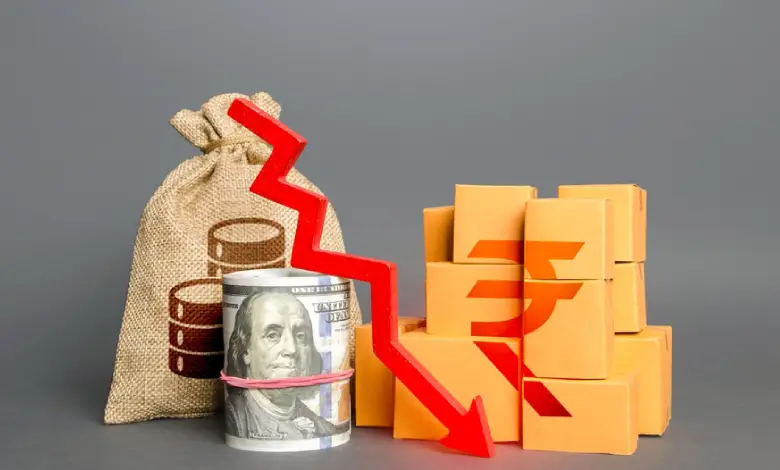
Mumbai: The Indian rupee declined by 8 paise to 85.70 against the US dollar in early trading on Thursday, pressured by renewed global risk aversion and continued foreign fund withdrawals.
Forex traders attributed the rupee’s narrow trading range to the Reserve Bank of India’s (RBI) cautious strategy. They indicated that any potential dip in the USD-INR pair is being countered by RBI dollar purchases, aimed at managing maturities and rebuilding its foreign exchange reserves. This consistent central bank demand for dollars is capping the rupee’s gains, traders confirmed.
Market participants are closely watching upcoming US trade data and Non-Farm Payrolls (NFPR) figures for direction. Anil Kumar Bhansali, Head of Treasury and Executive Director at Finrex Treasury Advisors LLP, noted the overall market sentiment appears bearish, potentially pushing the rupee towards 85.
Opening at 85.69 at the interbank foreign exchange market, the domestic currency touched an early low of 85.70, marking an 8-paise drop from Wednesday’s close of 85.62.
Supporting the dollar’s strength, the dollar index rose 0.07% to 96.84. Conversely, Brent crude futures, the global oil benchmark, fell 0.72% to $68.61 per barrel. However, Amit Pabari, Managing Director of CR Forex Advisors, highlighted a concerning trend: “Brent crude prices have started inching back up… For a net oil importer like India, this poses a short-term threat to the trade balance as rising crude typically means higher import bills and a heavier current account, putting additional pressure on the rupee.”
Domestic equity markets showed modest gains, with the Sensex up 168.93 points (0.20%) to 83,578.62 and the Nifty rising 52.75 points (0.21%) to 25,506.00. Despite this, foreign institutional investors (FIIs) remained net sellers, offloading equities worth Rs 1,561.62 crore on Wednesday, according to exchange data.
Pabari emphasized the sustained pressure from FIIs: “FIIs have remained net sellers in Indian markets, pulling out over USD 6 billion year-to-date. This ongoing outflow has acted as a key drag on rupee strength, offsetting the supportive global dollar weakness.”




